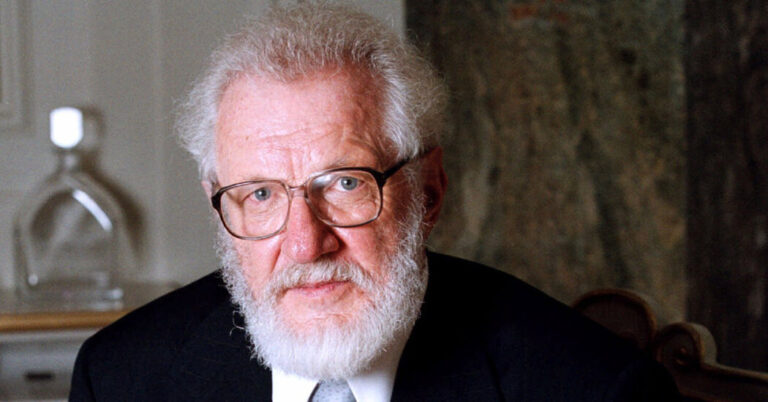Herbert Kroemer was born on August 25, 1928, in the city of Weimar, Germany, the eldest of three siblings. His father is a civil servant and his mother is a homemaker. Neither parent completed high school, but they emphasized education for their children. (When Dr. Kroemer later decided to study physics, he recalled, his father asked what it was and if he could make a living at it.)
Young Herbert showed an immediate aptitude for mathematics and physics, but he was also impatient and disruptive. In math, he had trouble teaching other students methods they didn’t understand, for which the teacher made a deal with him: If he stopped disrupting the class, he wouldn’t have to attend any work and would be guaranteed a high grade. grade He stuck to the deal.
After high school, he attended the University of Jena, about 15 miles southeast of Weimar. The entire region, which was in East Germany, was under the jurisdiction of the Soviet Union at the time, and Dr. Kroemer, like many students and professors, struggled under the strict government. After only one year, he decided to leave.
This was in 1948, during the Berlin Blockade, when the Allies were flying supplies into West Berlin after the Soviets had cut the rail, road and canal lines. Dr. Kroemer, who worked last summer at Siemens, the technology company, queued for two days at the airport, then flew out on a British plane.
Before he left, he wrote to several universities seeking admission. He eventually found a place at the University of Göttingen, where he was taught by Fritz Sauter, who specializes in solid-state physics. Then Dr. Kroemer give a colloquium on a new idea related to transistors, Dr. Sauter suggested that he submit his paper for his master’s in theoretical physics. A year later, in 1952, Dr. Kroemer’s Ph.D.
